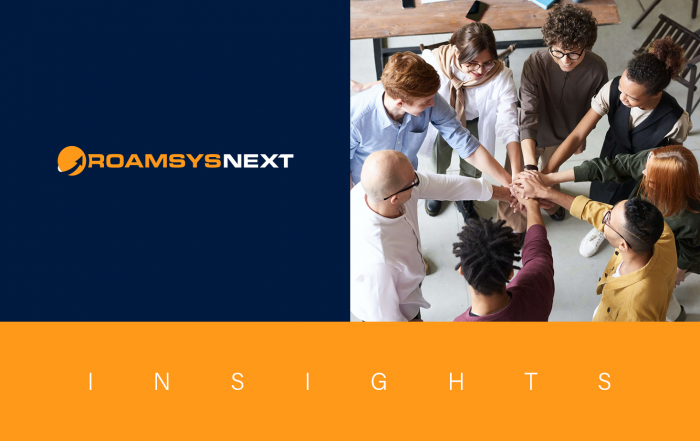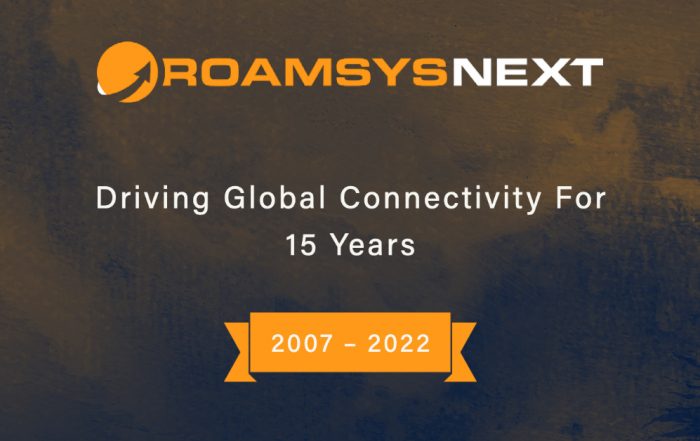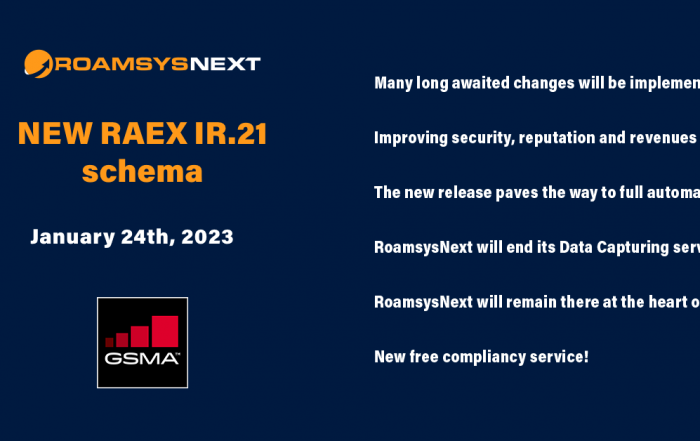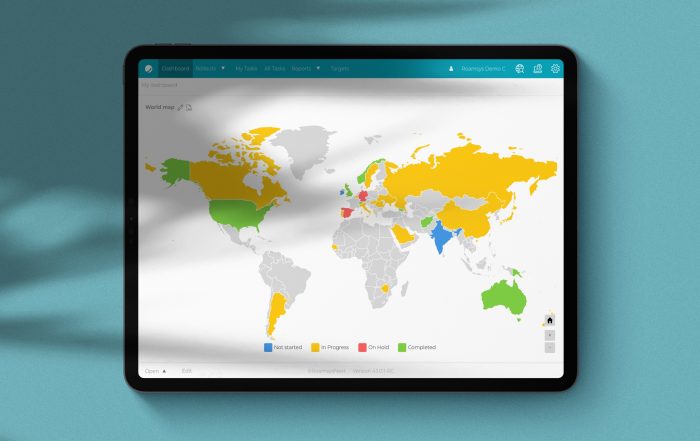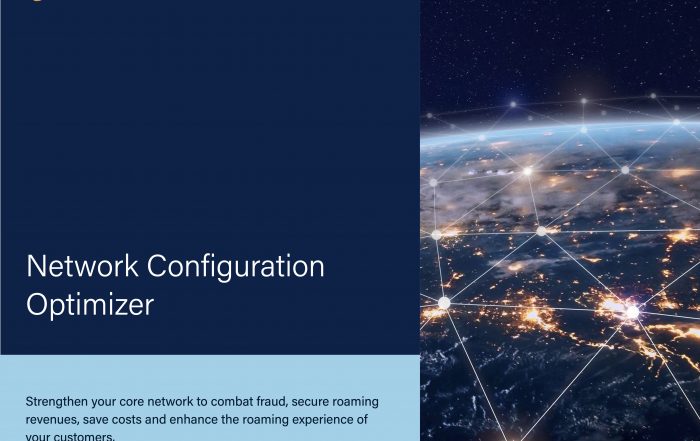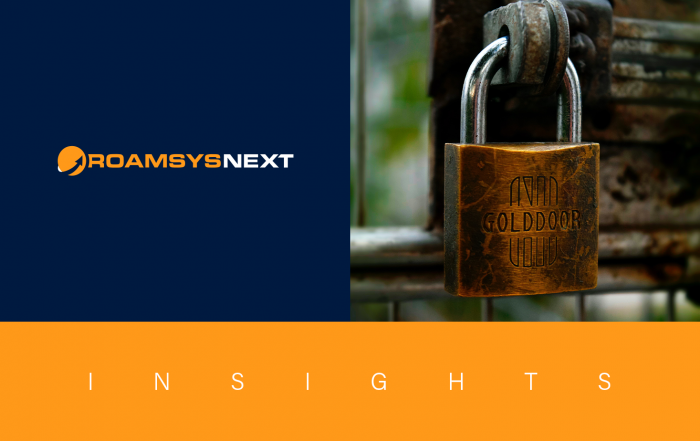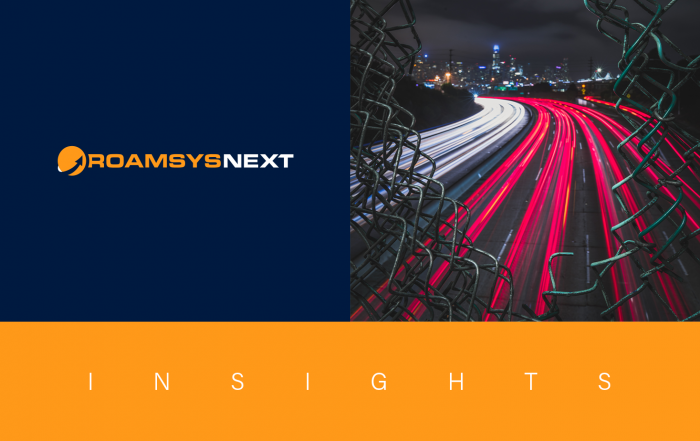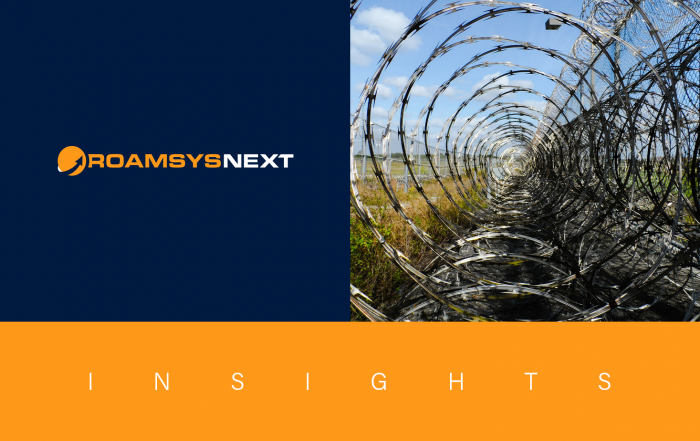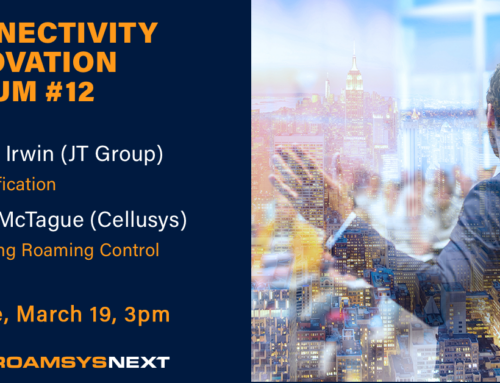
Gabriele Lieser
CUSTOMER SUCCESS MANAGER
Summary
Cybersecurity is hard. It is a constant tug-of-war against the attacks of criminals, and as everywhere in the world, there is no such thing as 100% security and 100% protection. Cyber security experts therefore advise businesses to have emergency plans in case of a breach, and most importantly, not to wait until they are in the middle of something. Digital emergencies can actually be practiced in advance. Ideally, businesses should already start writing a disaster manual that assigns tasks to each person in charge. Not only internal rescuers should be listed here, but also external helpers. A communication strategy to inform customers and the public should also be in place. Then, when the time (hopefully never) comes, companies can keep a cool head and handle the situation quickly and professionally.
It may seem sobering at first, but it is only wise to face the facts: it is unlikely to build up complete security; there will always be bad actors who are able to exploit vulnerabilities. Nevertheless, a company should work towards ensuring that cyber criminals come up against a wall when trying to hack into the network. Either they move on to the next victim and hope that the latter is more vulnerable, or they will find another way to attack. Fraudsters also move with the times, using artificial intelligence, machine learning and large amounts of data to enhance their own capabilities. The weapons are armed.

In RoamsysNext Insights our experts share their views on extensive industry topics and possible solutions we can offer.
Currently, the elections in the USA are big in the news, and the difficulties during the presidential campaign in 2016 come into mind again. Back then, Russian hackers interfered with the communications infrastructure, attacked the U.S. digital voting system and sent out false reports. According to a study commissioned by the U.S. Senate, millions of messages in social networks were influenced in favor of one candidate, Trump. With the hacking of social sentiments and the use of disinformation campaigns, the attackers were able to cause unrest and provoke conflicts. It is only a short hop towards cyber criminals using this to defame individuals, industries and organizations.
Strengthen the immune system
After decades of bad actors focusing on the financial services industry, its defenses have become strong. Fraudsters are looking for new targets, they go where victims are easy to find and where there is value. When the ransom software WannaCry hit in May 2017, one of the first companies affected was the Spanish telecommunications company Telefónica. After that, thousands of National Health Service (NHS) hospitals and practices in the UK were affected. WannaCry spread explosively and infected computers without any user intervention. In that case cybercrime did not “only” cost money, the ransom attack literally endangered lives.

A stitch in time saves nine
The danger of being hacked is a challenge for companies, but the good news is: they can help themselves by continuing to improve their game. Having developed an emergency manual that assigns everyone their roles, people can act quickly and professionally. Responding to future incidents requires a team assembled together to discuss various disaster scenarios, consider remedial actions, and discuss how the approval process for ongoing internal and external communications should be handled. It needs to be clarified which assets have to be protected first.
Flip the kill switch or not?
What are the three most important assets that, if destroyed, held for ransom or leaked, would significantly disrupt the network? Who has access to these assets, and what safeguards are already in place to secure them? Is there a multi-layered strategy for detecting and stopping breaches? What are the solutions to outwit and outmaneuver the enemy? How does the recovery phase work? It should also be discussed how vigorously action should be taken: in an emergency, it might be necessary to flip the kill switch and turn off the data. The disaster manual will have to include how much should be turned off, under which circumstances the switch should be flipped, and who will flip it.

Maintaining customer trust is key
Transparency is important. People in charge need to communicate both internally and externally what they know, what they don’t know and when future updates will be made. Explaining how to avoid breaches and implementing a feedback loop for incident response is essential. The disaster manual should also include a communication plan on when to publicly inform employees, board of directors, third party vendors, regulators and most importantly, customers. Text templates should be prepared to ensure that everyone involved knows how and what to communicate. The communication at that point will determine the company’s reputation for years to come. By telling customers how they can best reach out for information, the loss of customer trust is kept to a minimum.
Better safe than sorry
Nobody needs to wear suspenders and a belt, but it is also a bad idea to do without one. In order to offer your roaming subscribers a good balance between security and usability, try to connect with the RoamsysNext Network Configuration Optimizer to fully automate IR.21 related processes and improve the communication between different teams. We help to strengthen the core network by spotting missing and incorrect configurations and vulnerabilities by configuring only relevant data to protect SS7 and IP networks. Audits are essential to make sure that the correct configurations are implemented in every network node. Great accessibility for inbound and outbound roamers creates better quality perception, a better subscriber experience and less contract hoppers. Make room for more subscribers! Cybersecurity is really close to our hearts, so we are increasingly keeping an eye on upgrading security aspects. Stay tuned for more advanced developments from the house of RoamsysNext.
Gabriele Lieser joined RoamsysNext in 2020 as Customer Success Manager to strengthen the bonds with our increasing number of customers and to support the marketing team. Gabriele has a strong background in corporate sales. She studied at the Universities of Trier (Germany) and Manitoba (Canada) and is incorporated in the RoamsysNext Client Service team.
“The team is a crucial asset”
It has been an exciting year for RoamsysNext. And as 2023 is coming to an end, we took the opportunity to talk with CEO Michael Grasmück about the past year, the growing team that becomes more and more international, and the comeback of an industry institution.
15 years of RoamsysNext – Driving Global Connectivity
RoamsysNext turns 15, so we talked with CEO Michael Grasmück about the anniversary, the early years, the move to Luxembourg and the future within the fast-developing roaming industry.
The new age of the IR.21 – Be ready for the full automation!
The new RAEX IR.21 schema will be released early 2023 with great changes coming that allow us to revolutionize the way we work with the IR.21 data.
Reporting at a glance: The RoamsysNext Dashboards
The RoamsysNext tools offer many reporting functionalities of which the dasboards play an important role. Learn more about using them in practice to identify bottlenecks, visualize your team's performance and bring a smile to your management's faces.
End-2-End-Automation with Network Configuration Optimizer
The RoamsysNext Network Configuration Optimizer is the perfect solution to make the shift from manual processing to more and more automated processing, with the option to move to full automation. Let's see how it works.
From Roamsys to RoamsysNext
Sixteen months ago, Roamsys relaunched and became RoamsysNext. Time to look back to a year we never expected to happen.
How to Stay Secure
What can MNOs do to stand up to the ever-growing tide of telecom fraud and protect their assets? Stay alert, use great tools, collaborate with other market players, and take the fight to the fraudsters.
Telecom Fraud Hurts
Telecom fraud is a rapidly growing area that has serious effects on national critical infrastructure (civil, healthcare, energy, agriculture...) and wider industrial processes.
The GSMA MISP – How Does it Help?
Malware information sharing and threat intelligence sharing has unbeatable benefits that make any caveats and challenges look small in comparison.
The Experts behind RoamsysNext Insights
RoamsysNext Insights has a growing fan base due to its substantial reports. With a wide variety of great information and exciting insights, they inspire beginners as well as professionals.
How to Treat 2G and 3G Closures without Becoming an Archivist?
As we are entering the era of 5G, legacy networks are in a state of flux and lose significance. This blog is about how the sunsetting of 2G and 3G networks will impact mobile communication.
How to Choose a Signaling Firewall Wisely
In times of global turbulences and increasing fraud attacks the decision for a sophisticated signaling firewall becomes more and more a priority. Some general considerations help to narrow down the choice.
Identity Fraud in Telecom
Identity fraud robs people of their virtual existence; it costs time, money and nerves. But there are countermeasures that help.
How to Tackle the Challenges in Combating Telecom Fraud
Telecom fraud can have dire effects on critical infrastructure and always causes painful loss of revenue. See how the industry's joint efforts tackle the challenges in combating telecom fraud.
Face the Breach: Rehearse an Emergency Before it Happens
In case of a breach, most companies are poorly prepared to take quick action. Have a look at some ideas on how to make the best of a difficult situation and save valuable time.
Working from Home during a Global Pandemic
Due to the broad introduction of remote working, businesses need to rethink their current cyber security measures and consider how they need to be adapted or further developed.
The Future of Roaming Trainings – An interview with Milja Hofman, CEO Roamingwise
Roamingwise is a well-known provider of roaming trainings, seminars and consultancy in a variety of international roaming topics. In our interview, CEO Milja Hofman reveals how she prepares professionals to drive the roaming world.
Historical Fraud Incidents and Lessons to be learned
In the course of history, no era is free from the practice of deception for personal benefit. Let’s have a look at what we can learn from historic fraud cases from ancient Greece to modern times.
Two-Factor Authentication rules!
For some time now, we have introduced 2FA and have contributed our share to provide more secure access to our tools. Norbert Becker, Head of Software Development, picks up the thread and provides engaging insights into his area of responsibility.
Introducing: The RoamsysNext Network Configuration Optimizer
Learn how the RoamsysNext Network Configuration Optimizer enables MNOs to switch safely to full automation and growing roaming revenues by providing effective and secure data management of all roaming related business information.
Introducing: The RoamsysNext Wholesale Roaming Manager
The RoamsysNext Wholesale Roaming Manager provides powerful collaboration and reporting tools for all roaming partner relationships by converging everything from service openings to the user’s roaming footprint, test SIM cards and tariffs, document and contact management.
Don’t fear the breach – three more ways to avoid configuration errors
Three ways to bliss: take bold measures to automate processes as much as you can, check your firewall’s security logs regularly and enforce centralized authentication mechanisms.
We’re in this together
In the second part of our interview with Alexandre De Oliveira, POST Luxembourg Cyberforce, he highlights major pain points in fraud detection and stresses the importance of global information sharing via the GSMA T-ISAC initiative.
Mastering today’s Fraud Landscape
Learn how Alexandre De Oliveira’s team at POST Luxembourg Cyberforce is mastering today’s fraud landscape with penetration tests, security assessments, the Telecom Intrusion Detection System (TIDS) and the Telecom Security Scanner (TSS).
How to avoid configuration errors
Hardening the network is a good way to get configuration errors under control. Introducing smart firewall rules and consistently updating these rules can be very time-consuming, but it’s a crucial measure to be taken.
From customer request to feature
In our newest “RoamsysNext Insights”, David Houstek and Adrian von Wendt elaborate on our customer focused production processes.
Making a Stand against Fraud
In an insightful interview, our CTO, Hendrik Hoehndorf, speaks about further GSMA initiatives on fraud detection and prevention such as the MISP (Malware Information Sharing Platform) and T-ISAC (Telecommunication Information Sharing and Analysis Centre).
Cyber security and fraud prevention – the GSMA approach
How does the GSMA approach cyber security, fraud detection and prevention? Look at the incredible useful tools and informations they provide with the Fraud and Security Group (FASG) and documents on best practice countermeasures.
How insecure GTP makes LTE and 5G networks vulnerable
GTP will still have an impact on 5G. Our tools can help to identify dubious requests faster, reduce reaction times and block incidents in a fraction of time.
How bad can it get? Signaling attacks strike the heart of each MNO
This blog is about how correct data is key to ensuring that mobile communication is of trustworthy origin, especially in case of signaling attacks. Notably, the roaming industry has to take action for data verification.
Grey Routes, Spam, Smish – funny words but nothing funny about SMS Fraud
SMS enjoys the reputation of being a safe channel for communication. But as any system, it is prone to abuse. We show you what needs to be done.
4 more Types of Telecom Voice Fraud MNOs are vulnerable to
Voice fraud is known as one of the top inter-carrier fraud cases, and in order to expose them, time and reliable data is crucial. This article shows that prevention is key to make sure that legitimate traffic is not obstructed.
Three Types of Telecom Voice Fraud that can destroy businesses
This issue shines a light on the variety of security breaches and fraud incidents: A cabinet of horrors.
Problems with telecom fraud? How big the issue really is. And how we can help
Fraud and security issues cause considerable problems within mobile network operators. But we are here to help.
Let’s talk about data quality
Most fraud and security issues are caused by misconfigured network nodes. This article shows, how RoamsysNext treats this problem on their quest for data quality.
